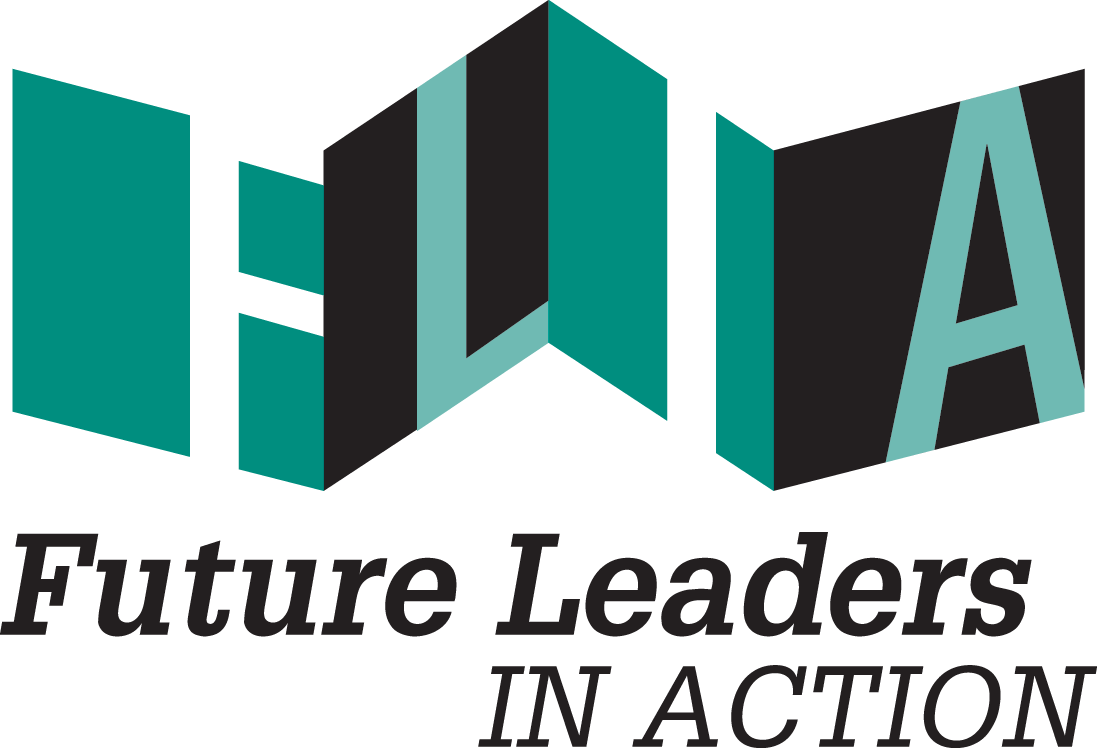Section of illustration by Dale Murray
Storytelling is often intuitive. It’s how we remember what has happened to us. It’s also how we share what has happened to us with others, or what we have accomplished. It’s not just a way to entertain friends; storytelling has the power to inspire action, persuade others, and share a learning point or teach a lesson. But more than that, sharing a story is the most effective way to illustrating who you are and what you stand for, both in the workplace and out. Though it is intuitive for some, it is also a learned skill that can be improved upon with use.
At FLIA, we build storytelling into the fellowship process. On our blog, fellows shed light on the projects and partners they work with as well as impact on youth in their community. They reflect on challenges that arose and celebrate their successes. At the end of the fellowship, each fellow walks away with the experience of practicing of storytelling at work, which they take with them as they move towards a career in the social sector.
At the entry-level, or when you do not have substantial experience in an industry, it’s all about language, presentation, and the art of storytelling.
Storytelling helps you master your elevator speech
Has an acquaintance, relative, or potential employer ever asked, “So, what exactly do you do?” Did your mind start to race as you spat out a long-winded response that didn’t quite capture what you actually do? Or worse, did you take a deep breath and let out a pathetic, “Eh - It’s a long story...I sort of do k, y, and b.”
An elevator speech is a clear, concise explanation of what you or your organization does, typically in 30 seconds or less. It is used in every part of life: socializing, job-hunting, networking, deal-making, donation pitching - the list goes on. Storytelling teaches you how to communicate an idea in a cohesive manner. When you have already thought critically about an experience and pieced it into a narrative at work, the elevator speech comes easy.
Learn more about crafting a perfect elevator speech whether you’re pitching yourself or your pitching your organization.
Storytelling reframes accomplishments in quantitative and qualitative terms
Think about your resume. Think about the job-hunting grind. Effective storytelling at work often requires that you provide concrete, quantitative (numbers, percents) and qualitative (descriptive, abstract) examples. These examples translate into data. Employers love accomplishments-based data, both on your resume, in a report, and in conversation.
Consider these three options for illustrating an accomplishment:
- “Within the first year, we expanded recruitment efforts by 50% and doubled the number of staff on board.”
- “We expanded recruitment efforts and hired new staff.”
- “Within the first year, we expanded recruitment efforts in schools, community centers, and through employee word-of-mouth to increase the number of staff on board.”
Which one(s) resonate with you the most? Option 1 and Option 3 are more likely to get you to where you need to go, whether it’s a job or an internal persuasion tactic.
Learn more about how to turn your duties into accomplishments.
Storytelling adds to your professional portfolio
This is a more concrete result of storytelling at work. Featured in an article or video? Embed that on your LinkedIn profile. Wrote a relevant blog post for the company website? Cross-publish it to LinkedIn Pulse, too (with employer permission). Whenever your name is published or highlighted in relation to your work, make sure to share it or embed a url on your LinkedIn profile and/or personal website.
This adds depth to your professional portfolio. It gives employers context and concrete examples of your work in the form of writing samples and engaging stories.
Storytelling prompts reflection
Reflection is the most important step at work, especially at the entry-level. It gives you the time to make connections and learn from your experiences. Research shows that taking time to reflect at work is the key to improved job performance, and we believe it’s also the key to finding meaning and value in the work you do.
Telling a story requires reflection. You have to think about the initial goal around the subject you’re telling a story, challenges or conflicts that arose, emotions at play, and how it unfolded or what must be done now (call-to-action). All of these factors ask you to reflect on the working process. They help you identify your personal strengths and weaknesses, what areas you enjoy most, and which ones you dread.
Learn more about how to make reflection a habit.
When you practice storytelling at the entry-level, you embody the transferable skills employers are looking for: a solid elevator speech, accomplishments-based data, writing samples, and insight through personal reflection. Simply put, storytelling at work has the power to set you apart. It’s up to you to do the rest.


